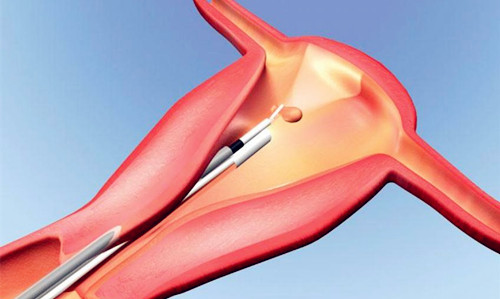New guidelines recommend hysteroscopy test for heavy periods
March 16, 2018
Source: pharmatimes
 702
702

More women in England and Wales are to be offered a test to better determine the causes of heavy menstrual bleeding, on updated guidelines from the National Institute for Health and Care Excellence.
Hysteroscopy has been recommended as a first line diagnostic test for women with symptoms and/or risk factors for gynaecological diseases or conditions, such as persistent bleeding between periods.
Around a quarter of women of reproductive age are thought to be affected by heavy menstrual bleeding, known as menorrhagia, which can have various causes, including endometriosis and polycystic ovary syndrome (PCOS).
Hysteroscopy uses a narrow telescope with a light and camera at the end, also called a hysteroscope, to examine the inside of the womb.
“In many circumstances ultrasound has been replaced with hysteroscopy as a first line investigative test as it provides a more accurate diagnosis,” said Professor Mark Baker, director of the centre for guidelines at NICE.
“This change should help ensure women with underlying endometrial diseases or conditions are more effectively diagnosed and can therefore receive better treatment.
“Not only this but the cost of additional hysteroscopy will be offset by savings from fewer ultrasound investigations and fewer appointments following the diagnostic test,” he noted.
NICE estimates that its recommendations increase the number of women having hysteroscopy from around 5,000 to around 15,000 in England each year.
By Ddu
Read more on
- Things to Know before Buying Newborn Baby Incubators March 31, 2022
- Highly Resistant Food Poisoning Bug Responds to Antibiotics September 6, 2018
- Smartphone Based Diagnosis to Identify Mosquitoes Transmitting Infection September 5, 2018
- 3 Natural Plant Extracts Manufacturers on Drugdu.com September 4, 2018
- Shenzhen Chuanggan – Health Assessment Facility Supplier September 4, 2018
your submission has already been received.
OK
Subscribe
Please enter a valid Email address!
Submit
The most relevant industry news & insight will be sent to you every two weeks.



